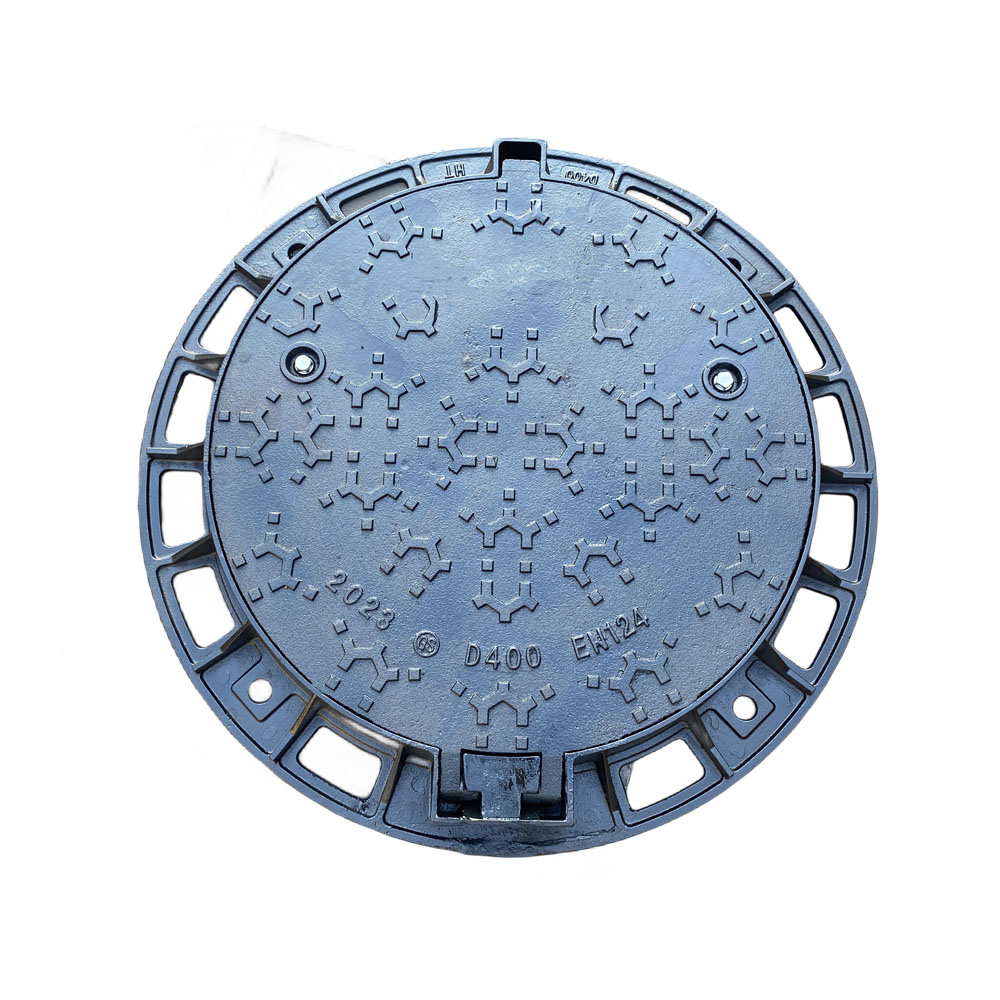Durable Composite Bollards for Enhanced Safety and Aesthetic Appeal in Urban Spaces
The Importance of Composite Bollards in Urban Design
In today’s urban environments, safety and aesthetics often find themselves in a delicate balance. As cities become more populous and vehicular traffic increases, the need for effective traffic management solutions has never been more apparent. Among these solutions, composite bollards have emerged as a vital element in urban design, offering both protective and functional benefits.
What Are Composite Bollards?
Composite bollards are vertical posts designed primarily to control traffic flow and protect pedestrians. Unlike traditional bollards made from concrete or metal, composite bollards are crafted from a variety of materials, including recycled plastics and composites reinforced with fiberglass. This innovative construction method not only enhances their aesthetic appeal but also contributes to their durability and resistance to harsh weather conditions.
Benefits of Composite Bollards
1. Enhanced Durability
One of the most significant advantages of composite bollards is their durability. These bollards are resistant to rust, corrosion, and weathering, making them an ideal choice for outdoor applications. The resilience of composite materials ensures that bollards maintain their structural integrity and visual appeal over time, significantly reducing maintenance costs for municipalities and businesses.
2. Lightweight and Versatile
Unlike traditional concrete or metal bollards, composite bollards are considerably lighter. This characteristic makes them easier to install and allows for greater design flexibility. They can be employed in various applications, from pedestrian walkways to parking lots and public squares, adapting seamlessly to different environments and aesthetic themes.
3. Aesthetic Appeal
Composite bollards come in various colors, shapes, and finishes, providing an opportunity for creative urban design. City planners and developers can select options that enhance the overall aesthetic of their projects, ensuring that safety features do not compromise the visual landscape. This versatility allows for a harmonious blend of functionality and style.
composite bollards

Many composite bollards are made from recycled materials, which contributes to a sustainable approach to urban design. By utilizing waste materials and reducing the need for new resources, cities can take significant steps toward becoming more environmentally friendly. Additionally, the longevity of composite materials means fewer replacements and less waste, further supporting sustainable practices.
Applications of Composite Bollards
Composite bollards can serve multiple purposes in an urban setting. They are often used to
- Protect Pedestrian Areas By creating barriers between vehicular traffic and pedestrian zones, composite bollards help enhance safety in busy areas such as shopping districts, parks, and public spaces.
- Guide Traffic Flow They can be strategically placed to direct vehicles into specific lanes or to create defined parking areas, improving traffic management and reducing the likelihood of accidents.
- Define Boundaries Composite bollards can mark property lines, restrict access to certain areas, or delineate bike lanes, providing clear guidance to both motorists and pedestrians.
Case Studies
Several cities have successfully integrated composite bollards into their urban designs, showcasing their effectiveness. For example, in New York City, composite bollards have been used extensively in Times Square to create safe pedestrian zones. Their lightweight nature allows for seasonal installations, making it easy to adapt the urban landscape for different events and situations.
Similarly, in San Francisco, composite bollards are employed in various public parks, providing a stylish yet robust way to protect natural spaces and enhance visitor experiences. The combination of functionality and visual appeal has made these bollards a preferred choice for many urban planners.
Conclusion
The incorporation of composite bollards into urban design represents a forward-thinking approach to managing safety and aesthetics in increasingly crowded cities. With their durability, versatility, and environmental benefits, these bollards provide practical solutions while enhancing the visual landscape. As urban areas continue to evolve, the role of composite bollards is poised to grow, making them an essential element of modern city planning. By prioritizing innovative materials such as composites, cities can create safer, more beautiful spaces that cater to the needs of their residents and visitors alike.
-
The Smarter Choice for Pedestrian AreasNewsJun.30,2025
-
The Gold Standard in Round Drain CoversNewsJun.30,2025
-
The Gold Standard in Manhole Cover SystemsNewsJun.30,2025
-
Superior Drainage Solutions with Premium Gully GratesNewsJun.30,2025
-
Superior Drainage Solutions for Global InfrastructureNewsJun.30,2025
-
Square Manhole Solutions for Modern InfrastructureNewsJun.30,2025
-
Premium Manhole Covers for Modern InfrastructureNewsJun.30,2025
